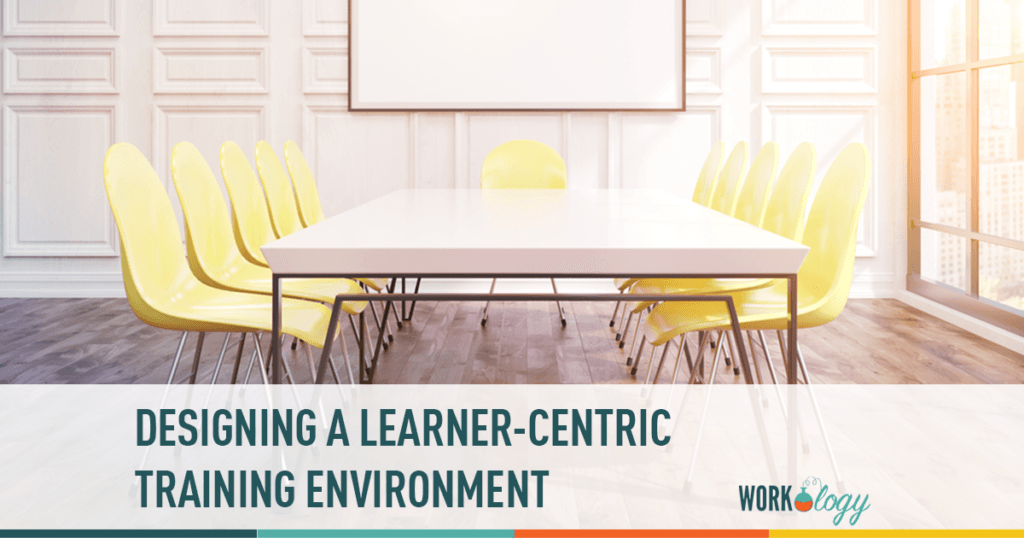When you organize a training in a configurable space, how do you decide on your setup? Obviously, your content will have a lot to do with it, and you’ll want to arrange the space to best support the information you’re planning to present. But what about your learners? Is your training space (and your organization) optimized to help them learn, and take away something useful from your session? Here are some factors to consider.
Physical and Emotional Comfort
What do you recall about the worst training you ever attended? Physical discomfort is likely to be on your list: being hungry, being too hot or cold, sitting in an uncomfortable chair for an extended period of time, working for hours without breaks, and so on. Ensure that your learners feel physically at ease in the training environment. Consider their emotional well-being as well. True learning is a risky endeavor because it entails acknowledging that you don’t know anything. Is there a way you can arrange your space to normalize trying new things and making mistakes? Can you reward failure, or alternatively create an anonymous forum so that learners can make suggestions without fear of judgement? Can you create an atmosphere of serious play to encourage risk taking?
Classrooms vs. Learning Spaces
Modern learning theories like constructivism, problem-based learning and social learning theory all emphasize the need for learners to interact with content and with each other in order for meaningful learning to occur. This has driven a shift from classrooms to learning spaces. Consider altering the setup of your training and the venue where it will take place to make it easier for attendees to talk to and work with one another. Consider how the instructor could circulate through the space to provide feedback rather than speaking from the front.
Learner Motivation
In addition to collaboration, learner motivation is a key factor in designing a training that sticks. Are your learners intrinsically motivated to engage with your training content? Your content will have a lot to do with this, but the layout of your room comes into play as well. Daniel Pink breaks internal motivation down into three components: autonomy, mastery and purpose. Can you address any of these through the physical design of your room? Some questions to consider:
Do your attendees have enough space to move freely?
Can they enter and exit the room at any time without interrupting the session?
Can they choose to sit or stand? Work on a computer or take notes with pen and paper? Work independently or as part of a group?
Is the purpose of the training clear? Did the learners contribute to defining it?
Do learners have an opportunity to develop mastery by working on authentic projects?
Devices as an Environmental Factor
When you incorporate learner autonomy into your training, each attendee’s device becomes a part of the learning environment. In today’s fast-paced world, many of us feel the draw of our electronics nearly continuously, making it difficult to focus on the task at hand even when we want to. While this isn’t a factor under the control of the presenter in the same way as the layout of the table and chairs, prudent educators acknowledge this reality. You can make this factor work for you by arranging your learning space to include easy access to charging stations and ways for learners to collaborate using their devices. You may also consider designing your content to encourage learners to use their devices as part of the training and/or include scheduled breaks for learners to check their devices (and communicate these throughout the training).
For Further Reading
Learning Spaces Directory from the Vanderbilt Center for Learning
Bridging the Gap: Building a Learning Environment in the Workplace









